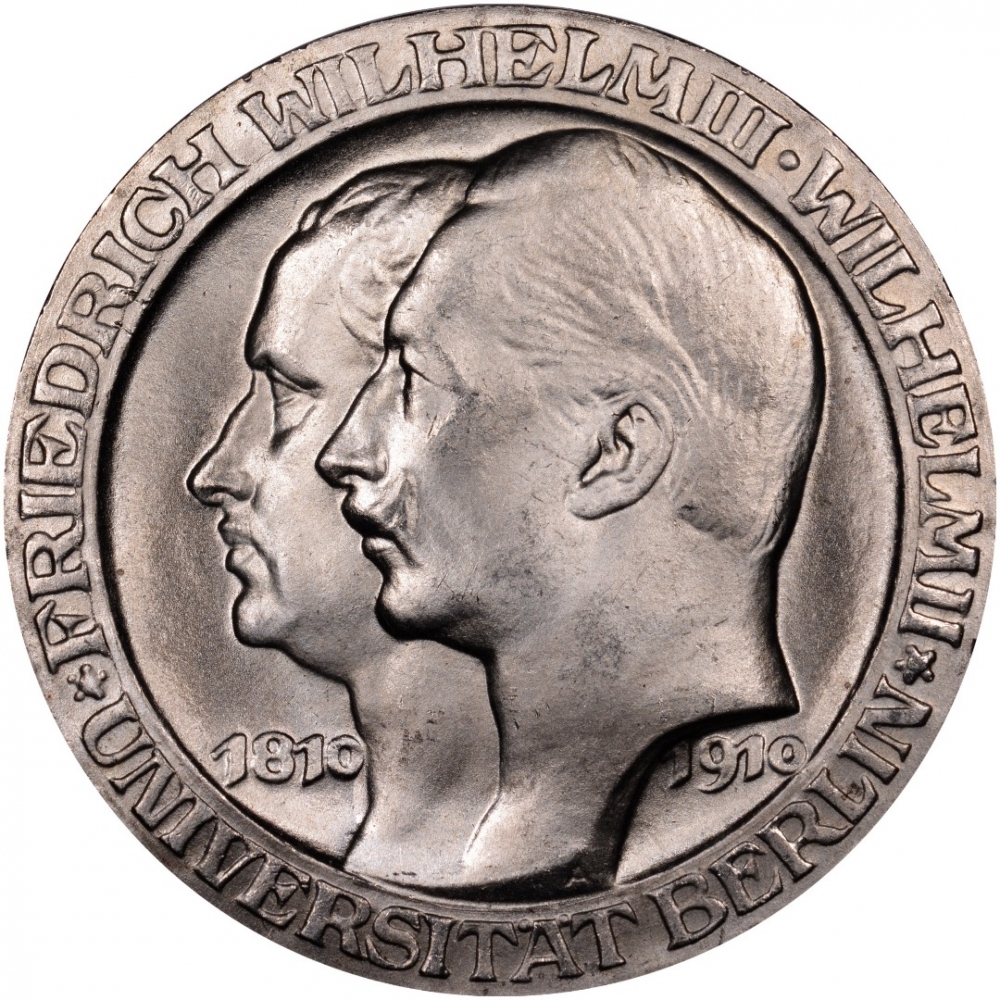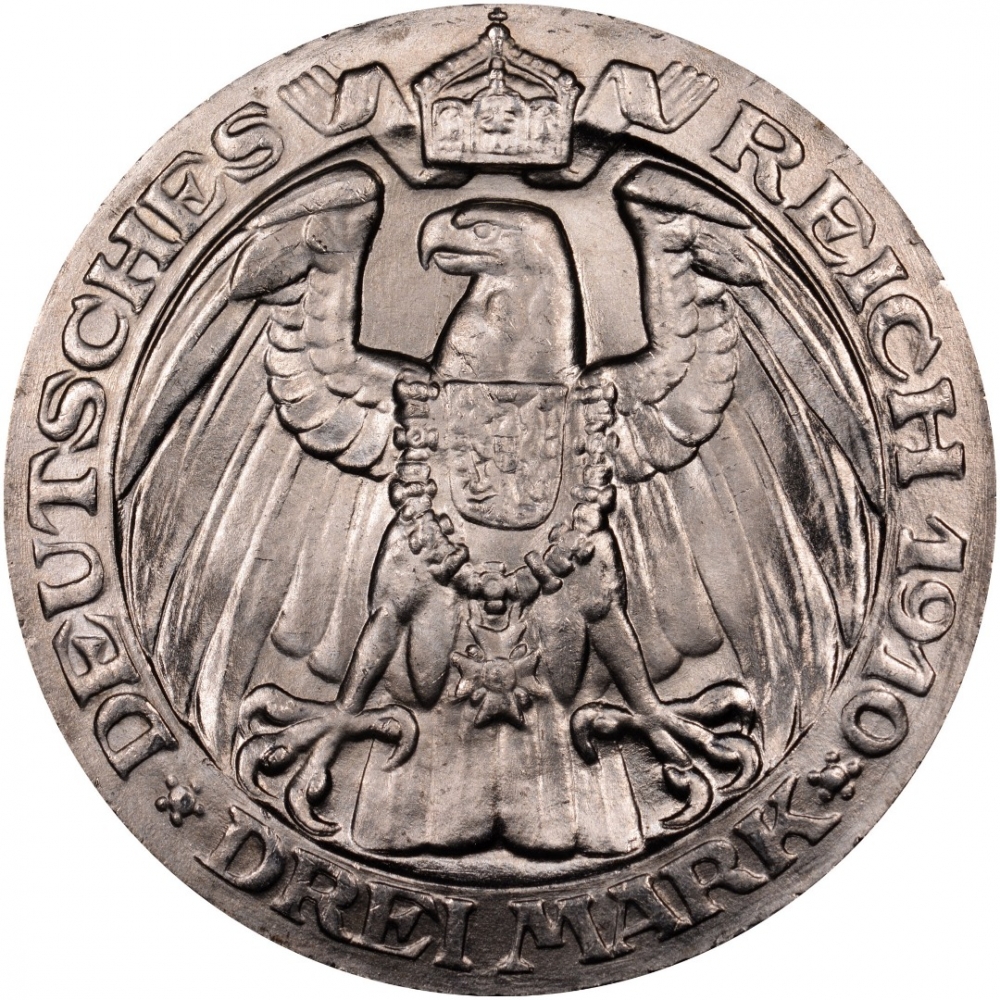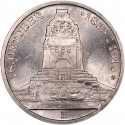You are about to finish your registration. Please check your mailbox (including spam folder). There should be a letter with a confirmation link. Check setting to make sure that your e-mail address is correct.
Send letter againDescription
This coin celebrates the 100th anniversary of the University of Berlin. The Humboldt University of Berlin is a university in the central borough of Mitte in Berlin, Germany. It was established by Frederick William III on the initiative of Wilhelm von Humboldt as the University of Berlin in 1809, and opened in 1810, making it the oldest of Berlin's four universities.
It was widely regarded as the world's preeminent university for the natural sciences during the 19th and early 20th century, and is linked to major breakthroughs in physics and other sciences by its professors such as Albert Einstein. Former faculty and notable alumni include eminent philosophers, artists, lawyers, politicians, mathematicians, scientists, and Heads of State.
Obverse

|
A profile portrait of Frederick William III partially covered by a profile portrait of William II, both facing to the left, divide dates and surrounded by the inscription. FRIEDRICH WILHELM III·WILHELM II |
|---|---|
Reverse

|
The coat of arms of the German Empire (Reichsadler with shield on breast), surrounded by the country name, date and value. DEUTSCHES REICH 1910 |
| Edge |
Gott mit uns ("God with us") is a phrase commonly used on armour in the German military from the German Empire to the end of the Third Reich, although its historical origins are far older. It was used for the first time in German by the Teutonic Order. GOTT MIT UNS |
3 Mark
100th Anniversary of the University of Berlin
KM# 530 Jaeger# 107
100th Anniversary of the University of Berlin
Related coins
100th Anniversary of the Prussians Entering the Napoleonic War





